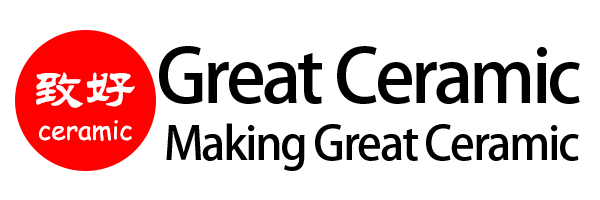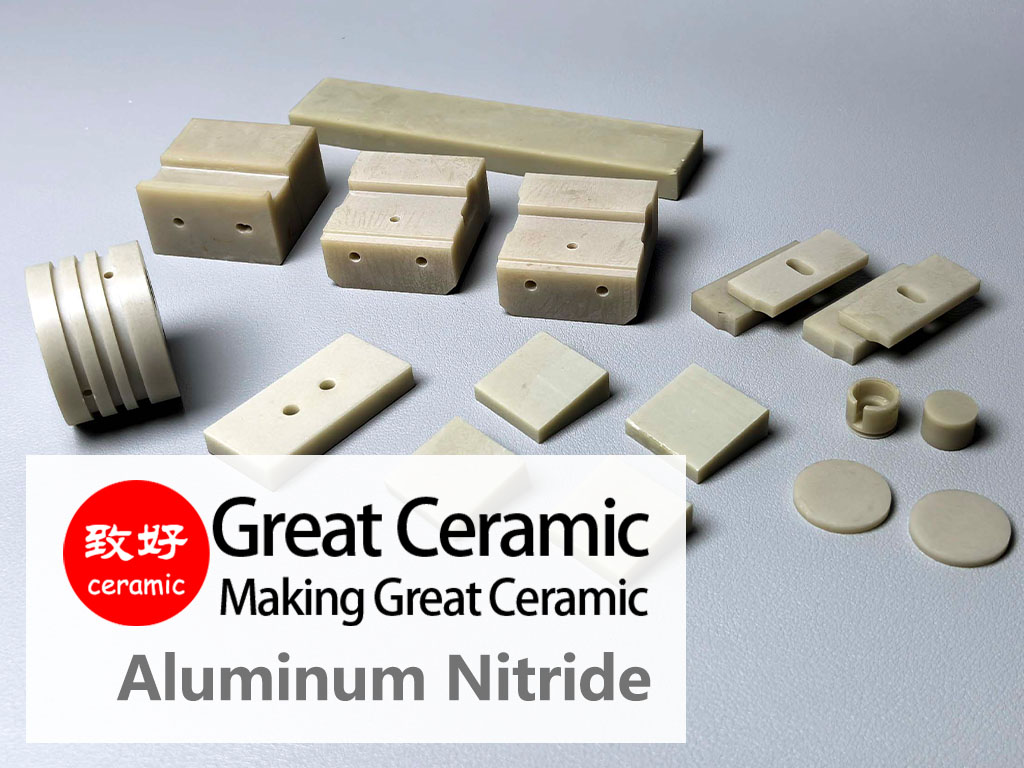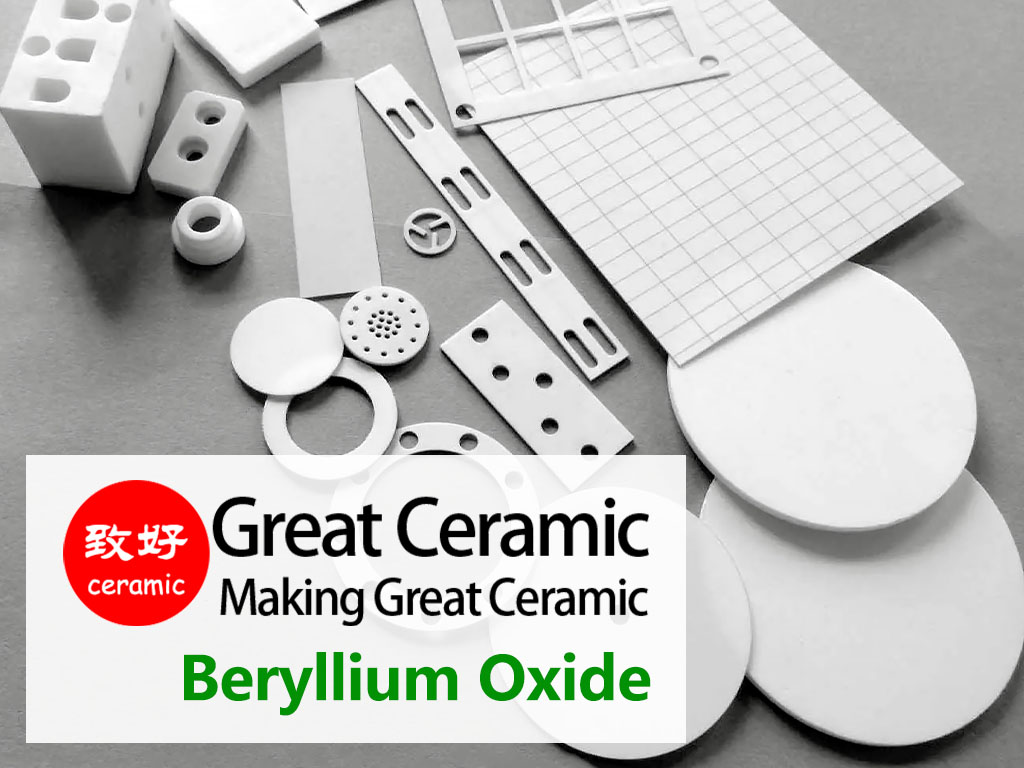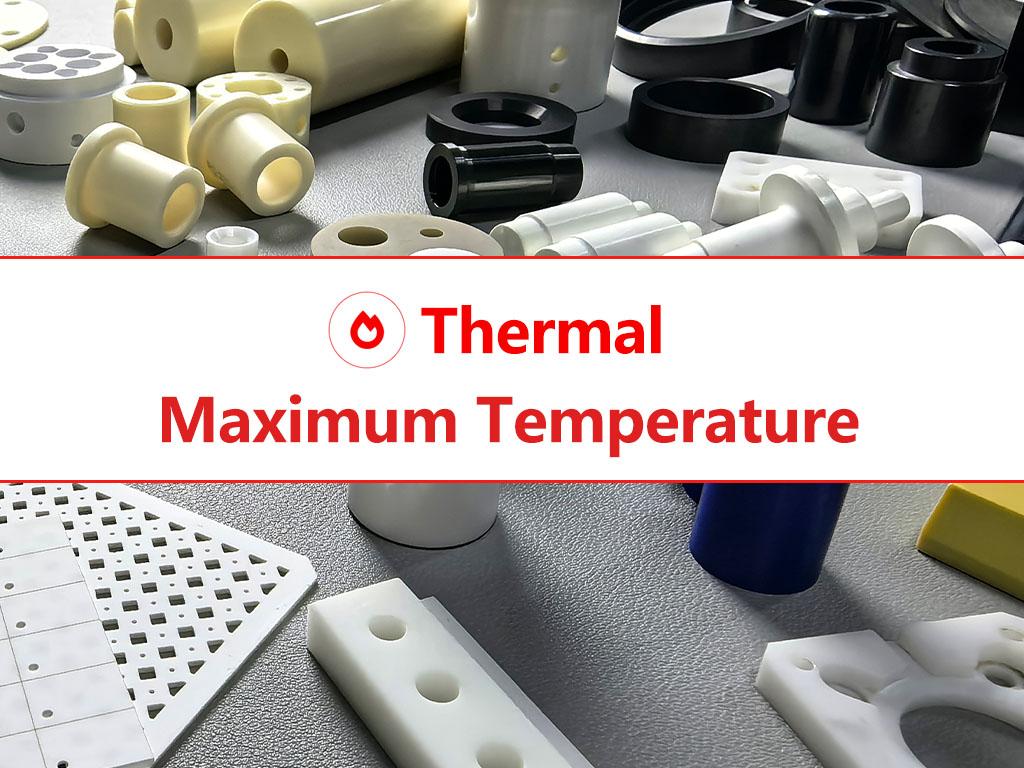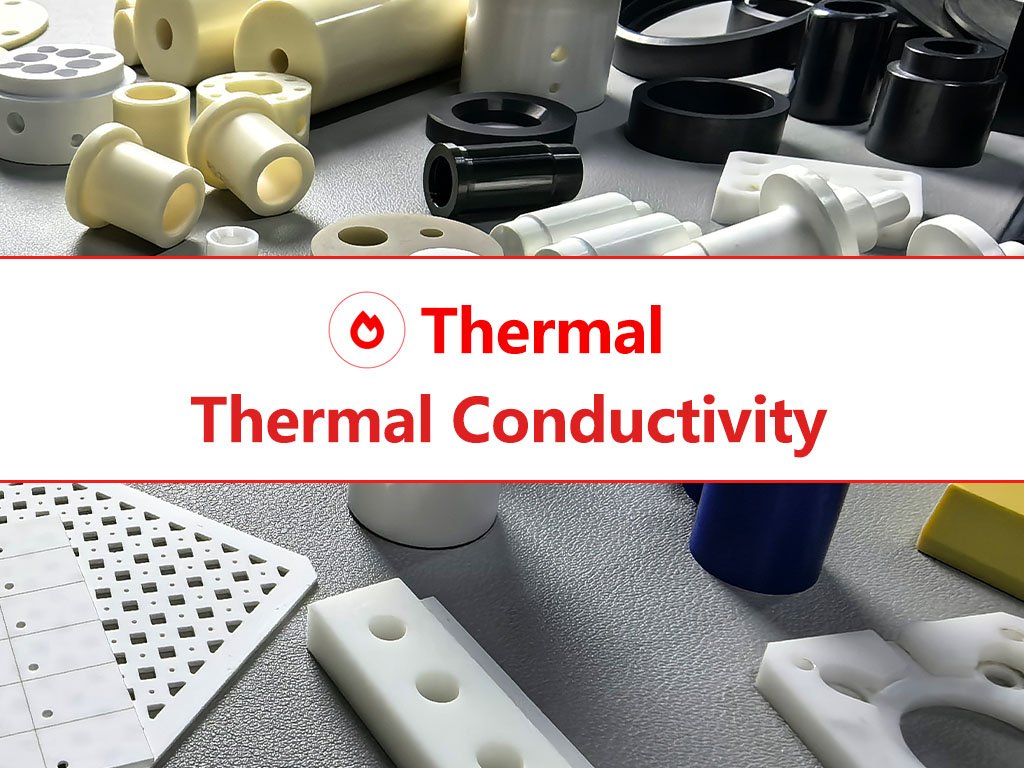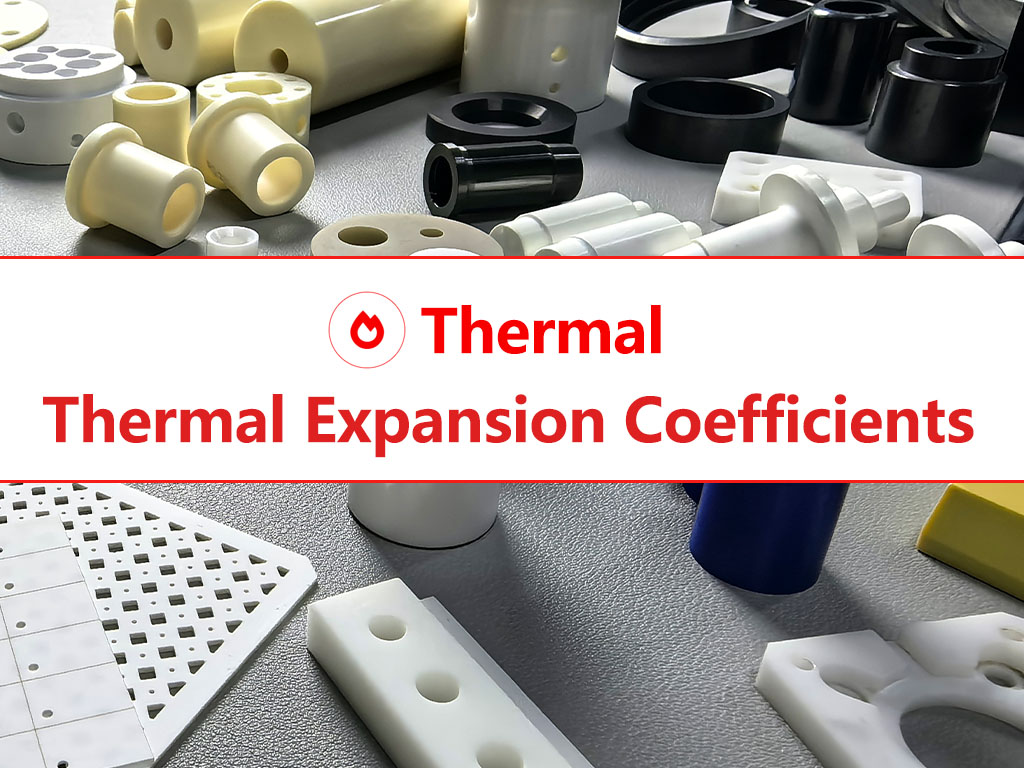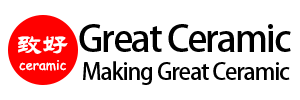İleri Seramiklerde Termal Şok Direnci
Termal şok direnci, bir malzemenin çatlamadan veya bozulmadan sıcaklıktaki hızlı değişikliklere dayanma kabiliyetini ifade eder. Gelişmiş seramikler, sertlikleri ve mukavemetleriyle bilinmelerine rağmen, doğal kırılganlıkları ve düşük termal genleşme toleransları nedeniyle ani sıcaklık değişimlerine karşı savunmasız olabilirler. Bu durum, yüksek sıcaklık ve yüksek stresli ortamlar için seramik seçerken termal şok direncini önemli bir ölçüt haline getirir.
Şuraya atla
Veri | Karşılaştırma | Uygulamalar | SSS | İlgili
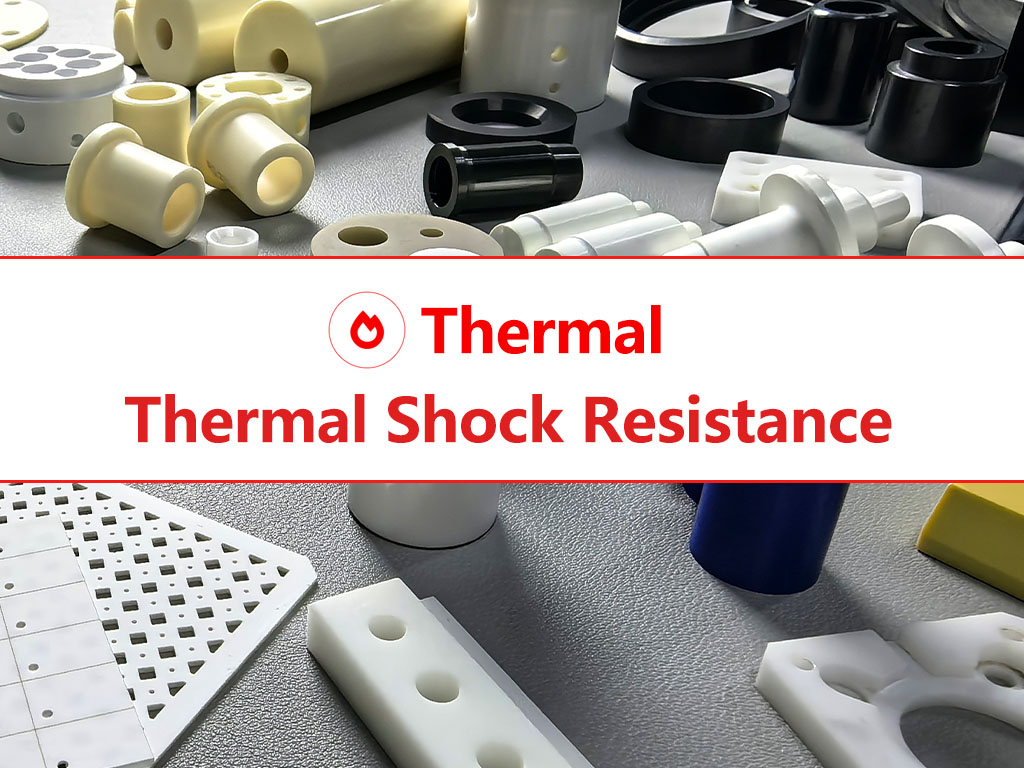
Seramikler için Termal Şok Direnci Neden Önemlidir?
Seramikler genellikle sıcaklık değişimlerinin aşırı ve öngörülemez olduğu ortamlarda çalışır:
Uygun termal şok direnci olmadan, yüksek mukavemetli seramikler bile aniden arızalanarak ekipman hasarına, güvenlik risklerine ve artan bakım maliyetlerine yol açabilir.
Etkileyen faktörler
Sonuç: Daha düşük termal genleşmeye ve daha yüksek termal iletkenliğe sahip malzemeler genellikle daha iyi termal şok direnci sergiler.
Tasarım ilkeleri
Temel İleri Seramiklerin Termal Şok Direnci Verileri
Termal şok koşulları için doğru gelişmiş seramiğin seçilmesi, mekanik mukavemet, termal genleşme ve termal iletkenliğin dengelenmesini gerektirir. Tek bir malzeme her konuda mükemmel olmasa da, özel seçim termal döngü stresi altında optimum performans sağlar.
Great Ceramic olarak, havacılıktan yarı iletken endüstrilerine kadar çeşitli termal uygulamalar için malzeme önerileri ve hassas işleme sağlıyoruz.
| Malzeme | Termal iletkenlik(W/m-K) | Termal Genleşme (10-⁶/K) | Tipik ΔT Toleransı (℃) | Özellikler |
|---|---|---|---|---|
| Silisyum Nitrür (Si₃N₄) | 20-30 | 2.8-3.3 | 500~700 | Yüksek kırılma tokluğu + orta ila yüksek termal iletkenlik, termal şok için tercih edilen malzeme |
| Silisyum Karbür (SiC) | 120 | 4.0-4.5 | 350~500 | Metalurjik ve kimyasal termal ortamlarda yaygın olarak kullanılan yüksek termal iletkenlik + yüksek mukavemet |
| Alüminyum Nitrür (AlN) | 175 | 4.5-5.3 | 300~500 | Termal yönetim sistemlerinde yaygın olarak kullanılan yüksek termal iletkenliğe sahip seramikler |
| Berilyum Oksit (BeO) | 230 | 7.5-9.0 | ~250 | Ultra yüksek termal iletkenlik, ancak toksik, sınırlı kullanım |
| ZTA seramikleri | ~15 | 7.5-8.0 | ~325 | Sertleştirilmiş alümina, hafif termal şok ortamı için uygundur |
| Bor Nitrür (BN) | 60-80 (altıgen) | 1.0-2.0 | ~200 | Çok düşük genleşme katsayısı ancak düşük mukavemet, ısı yalıtım arayüzü için uygun |
| İşlenebilir Cam Seramik | 1.5-3.5 | 3.0-3.5 | ~200 | İyi işlenebilirlik, ancak düşük ısı iletkenliği ve mukavemet |
| Zirkonya (ZrO₂) | 2.5-3 | 10.0-11.5 | ~300 | Yüksek tokluk ancak düşük ısı iletkenliği, ani sıcaklık değişimleri nedeniyle çatlamaya yatkınlık |
| Alümina (Al₂O₃, 99,5%) | 25-35 | 7.5-8.5 | 200~300 | Yaygın olarak kullanılan seramikler, ancak sık termal şok ortamları için uygun değildir |
*Veriler sadece referans içindir.
Doğru Seramiği Seçmek İçin Yardıma mı İhtiyacınız Var?
Doğru yüksek termal şoka dayanıklı seramik malzemeyi seçmek, uzun vadeli güvenilirlik ve optimum performans sağlamak için kritik öneme sahiptir. İster silisyum nitrür, ister alüminyum nitrür veya silisyum karbür seramik malzemelere ihtiyacınız olsun, malzemelerimiz endüstri lideri performans, dayanıklılık ve hassasiyet sunar.
Teknik ekibimiz size yardımcı olmak için burada - özel ihtiyaçlarınıza göre uzman, özelleştirilmiş tavsiyeler için bugün bize ulaşın.
Karşılaştırma: Seramikler ile Metaller ve Plastikler
Aşağıdaki çubuk grafik, R-parametresini bir gösterge olarak kullanarak (daha yüksek = daha iyi) yaygın malzemeleri yaklaşık termal şok direnci değerlerine göre sıralamaktadır. Bu değerler malzeme veri tabanlarından ve endüstri kıyaslamalarından elde edilmiştir.
Kırmızı: İleri Seramik ■ Sarı: Metaller Yeşil: Plastikler
*Veriler sadece referans içindir.
